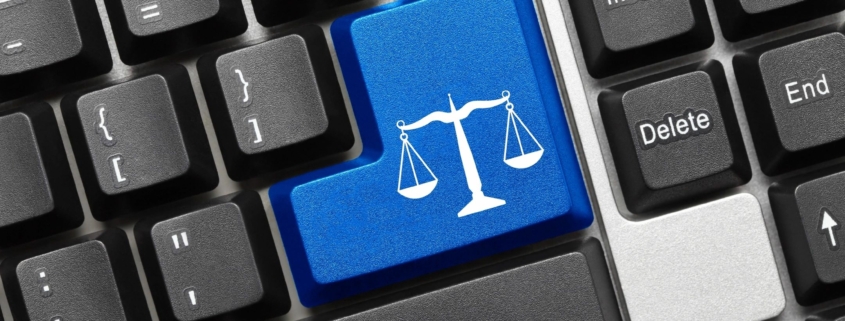Remote depositions dominated the headlines in the legal industry this past year. It appears this trend will carry over into 2021 and maybe even beyond. While Aptus Court Reporting and the industry as a whole were familiar with remote technology pre-2020, at the very least, the reporter would still be in the same room as the witness, allowing for easier capturing of testimony and seamless exhibit management. Having all participants appearing remotely carries its challenges, and we’ve polled our reporters, videographers, and exhibit techs to share their feedback. What we’ve compiled below are the Top Ten Tips and Lessons learned to help ensure your remote depositions proceed as smoothly as possible.
Wishing you a Happy New Year and flawless remote depos in 2021!
- Practice, practice, practice. Conducting tests is the best way to make sure the technology is working before the day of the deposition. Being familiar with the technology and how all parties receive/view potential exhibits leaves far less room for delays and postponements.
- Provide exhibits to the reporting firm in advance. It is incredibly helpful when the reporters/exhibit techs have access to exhibits the night before the deposition at the latest. This allows them to prepare for the deposition, which results in less interruptions during the deposition and, when applicable, a better real-time transcript. The more information you can provide the better, and sending that information the night before versus right before the depo sets everyone up for success.
- Know your options for presenting exhibits. Inquire about exhibit-presentation options. Aptus offers free training specifically tailored to how best to present your exhibits. You can present and introduce yourself, have the videographer present (if your depo is noticed for video), or hire one of our exhibit techs to manage your exhibits.
- Use the call-in option for audio. If you have any difficulties with voice, volume, or clarity at the beginning of the proceedings or during testing, use the call-in option versus your device’s audio. Call in from either a cell phone (if you have good reception) or a land line.
- Clearly identify yourself. If you are calling in by phone, please identify yourself to the reporter and restate who you are when you start objecting or speaking. Only the phone number is shown on the screen when you dial in by phone, so the reporter has no way to know who you are unless you say it out loud.
- Patience is a virtue. Allow time for technical issues (which inevitably can happen), such as audio feedback or connectivity glitches, to get resolved. Make sure to log on to the deposition at least 15 minutes before the deposition begins.
- Limit Cross-Talk. Pause between the question and the answer to allow the next speaker to begin. When two people speak simultaneously on Zoom, no audio will come through and it will be impossible for the reporter to capture the testimony.
- Use headphones. It makes a HUGE difference if participants wear headphones. The sound quality is far better, and there are fewer times when the speaker is unintelligible.
- If you’re speaking, let the reporter see your face. If the witness is in the same office as their counsel, testify from separate rooms so that masks can be removed. It is very difficult for a reporter to capture testimony when they are unable to see the person’s face.
- Use mute and silence notifications. Be mindful of notifications “dinging.” It can be very distracting and interferes with the audio quality, which leads to more interruptions. Mute all electronic devices and mute yourself if you are not the questioning party. Remember that dogs will bark and children will play in the background and Zoom will pick up even the slightest sounds.
To learn more about Aptus’ remote deposition offerings and best practices, schedule a free training session: Schedule one here







